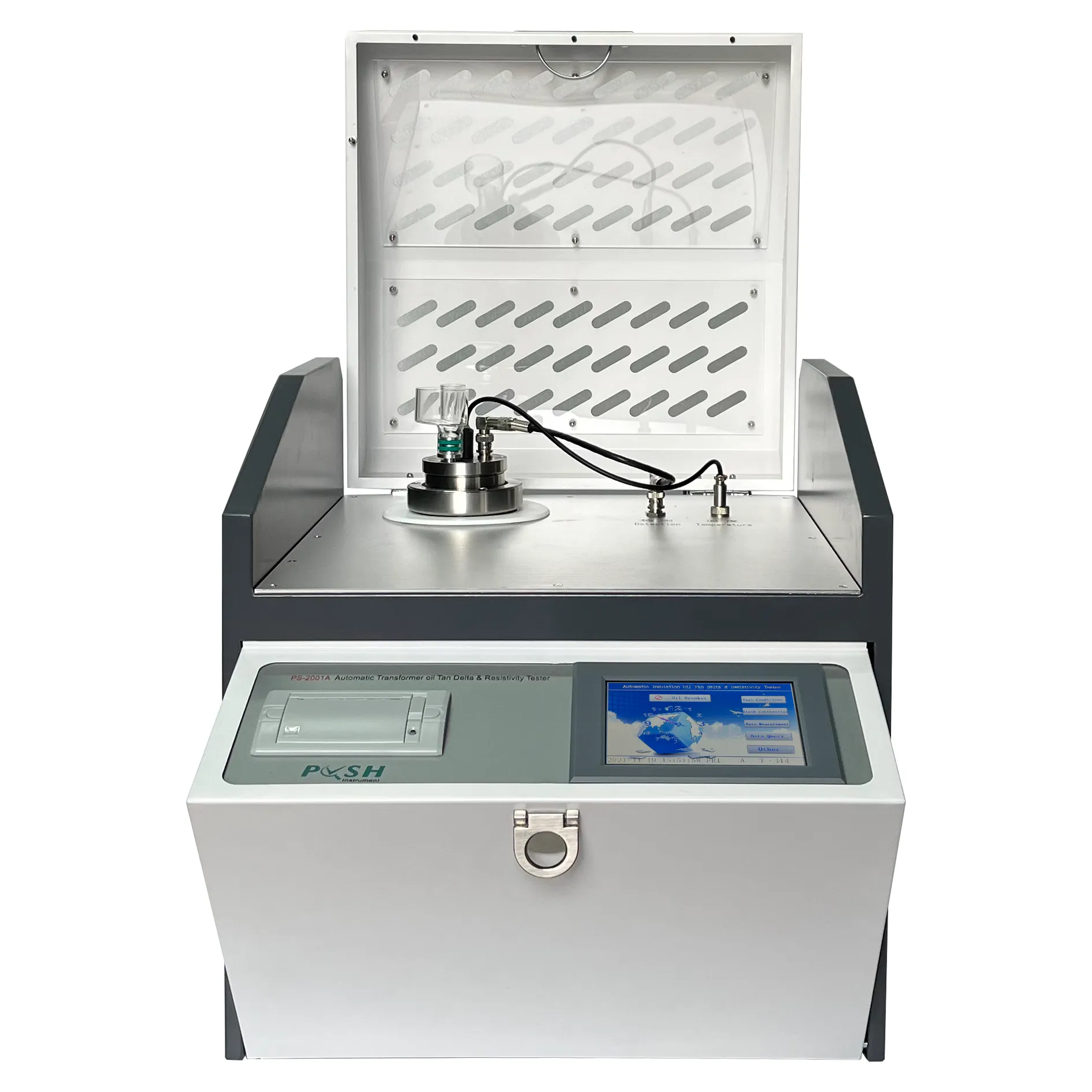 English
English


Testing Earth Contact Resistance for Electrical Safety and Performance Optimization
Earth Contact Resistance Test Understanding and Importance
Grounding systems are fundamental to the safe and effective operation of electrical systems. An essential aspect of these grounding systems is ensuring proper earth contact resistance. The Earth Contact Resistance Test is a key procedure used to measure the resistance between the grounding electrode system and the earth. This article explores what this test entails, its importance, and how it is conducted.
What is Earth Contact Resistance?
Earth contact resistance refers to the resistance encountered by electrical current as it passes from the grounding system into the earth. This resistance is crucial because it impacts the performance of grounding systems, affecting their ability to safely dissipate fault currents. A low earth contact resistance indicates that the grounding system can effectively direct electrical faults to the ground, minimizing the risk of electrical shock, equipment failure, and fire hazards.
The Importance of the Earth Contact Resistance Test
1. Safety The primary purpose of grounding systems is to ensure safety. An effective grounding system provides a low-resistance path for electrical faults, preventing hazardous situations such as electrical shocks. Regular testing of earth contact resistance ensures that the grounding system remains effective over time.
2. Regulatory Compliance Many regulatory bodies and industry standards set specific limits on earth contact resistance. Keeping within these limits is mandatory for electrical systems, especially in commercial and industrial settings. Conducting regular tests helps verify compliance with these standards.
3. System Performance The performance of electrical equipment can be severely impacted by high earth contact resistance. This can result in transient overvoltages, equipment malfunctions, and reduced lifespan. By testing and maintaining low resistance values, one can ensure optimal performance of electrical devices and systems.
4. Preventive Maintenance Regular testing of earth contact resistance helps in identifying potential issues before they become critical. For instance, a significant increase in resistance may indicate corrosion of grounding electrodes, damage to connections, or changes in soil conditions. Early detection can prompt timely maintenance actions.
earth contact resistance test

Conducting the Earth Contact Resistance Test
The Earth Contact Resistance Test can be conducted using various methods, but the most commonly used technique is the fall-of-potential method. Here’s a brief overview of how this method works
1. Preparation Identify the grounding electrode system to be tested. This could be ground rods, metal water pipes, or other grounding electrodes.
2. Test Equipment Use a digital earth resistance tester, capable of injecting a test current into the ground and measuring voltage drop.
3. Test Setup Two auxiliary electrodes are placed in the ground at a distance from the grounding electrode under test. The testing instrument connects to these electrodes and the grounding system.
4. Measurement The tester injects a known current into the ground, measuring the voltage drop across the grounding electrode. The resistance value is then calculated using Ohm’s Law (Resistance = Voltage / Current).
5. Analysis Record the resistance values and compare them with established standards. If the resistance is too high, further investigation and corrective measures will be necessary.
Conclusion
The Earth Contact Resistance Test is a vital procedure in maintaining the safety and reliability of electrical systems. By ensuring that grounding systems can effectively transfer fault currents to the earth, we contribute to safer work environments and longer-lasting electrical equipment. Regular testing, awareness of regulatory standards, and proactive maintenance are key to achieving a low earth contact resistance, which is fundamental for operational safety and efficiency. As technology and methodologies evolve, staying informed about best practices will enable professionals to safeguard their electrical installations effectively.
-
Differences between open cup flash point tester and closed cup flash point testerNewsOct.31,2024
-
The Reliable Load Tap ChangerNewsOct.23,2024
-
The Essential Guide to Hipot TestersNewsOct.23,2024
-
The Digital Insulation TesterNewsOct.23,2024
-
The Best Earth Loop Impedance Tester for SaleNewsOct.23,2024
-
Tan Delta Tester--The Essential Tool for Electrical Insulation TestingNewsOct.23,2024





